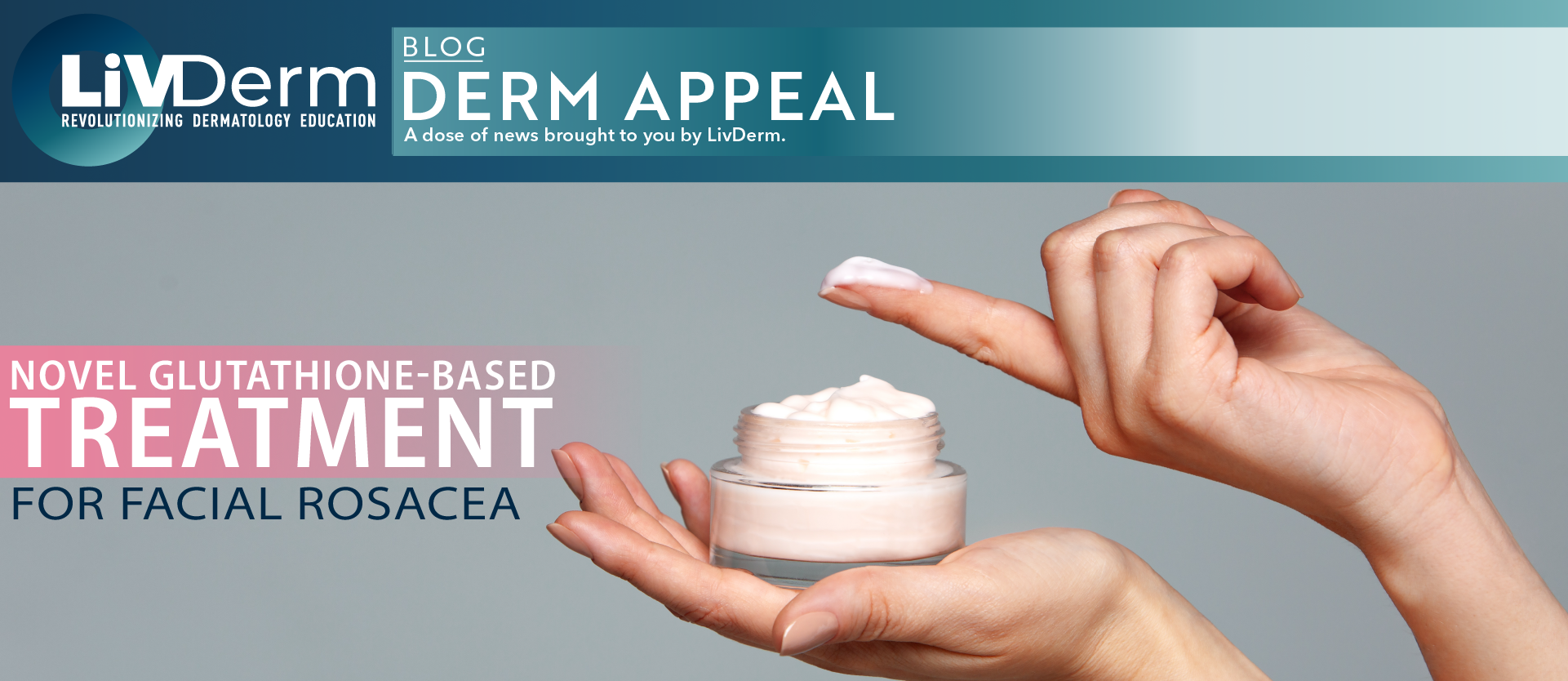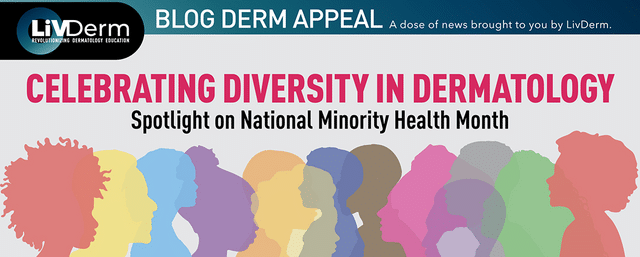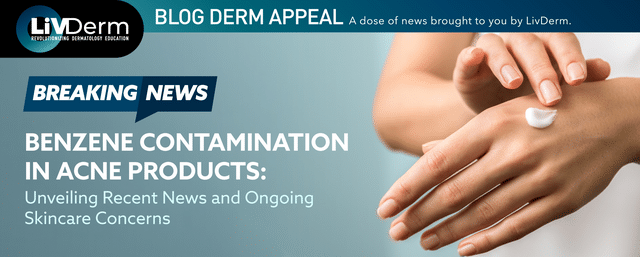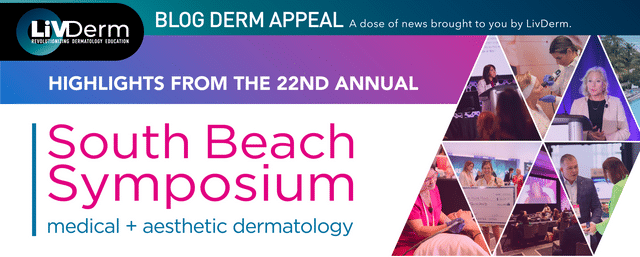Alongside physical symptoms, the very common chronic inflammatory disease rosacea contributes to increased levels of oxidative stress as well as other pathogenetic factors. Patients with rosacea exhibit an altered intracellular glutathione (GSH) metabolism; for this reason, GSH is being investigated as a potential therapeutic method, as it is the main protective mechanism against elevated oxidative stress.
A novel GSH-based topical cream formulation containing N-butanoyl-l-glutathione (GSH-C4), beta-glycyrrhetinic, and azelaic acid may be effective at reducing the number of facial inflammatory lesions and improving symptoms of mild to moderate rosacea when applied once daily, per data from an emerging study. The recent findings were reported in the Journal of Cosmetic Dermatology.
Topical GSH Cream for Rosacea Symptoms
The latest study was conducted across 2 dermatology clinics in Italy and evaluated the safety and efficacy of a daily topical cream in 30 patients (mean age of 38 years) who exhibited mild to moderate facial papulopustular rosacea. As part of the trial, participants applied a cream comprised of 0.1% C4-GSH, 0.5% beta-glycyrrhetinic, and 10% azelaic acid to affected areas of the skin once daily for a total of 8 weeks.
Throughout the trial, the team of researchers analyzed changes in the IGA 7-point score and clinical and instrumental erythema severity score (ESS). Measurements were taken at baseline, 4 weeks, and after 8 weeks of applying the medication. Lesion counts and skin hemoglobin concentrations were evaluated at these assessment periods as well, while cream tolerability was examined at weeks 4 and 8.
Of the 30 enrolled participants, 26 completed the required study phases and were included in the final analysis. Due to low skin tolerability, 3 patients discontinued the trial; one patient was not present at follow up.
Inflammatory Reduction, Improved ESS
The researcher’s findings indicate a reduction in IGA score which dropped to 2.3 at week 4; meanwhile, at week 8 IGA scores decreased even more significantly down to 1.2. Furthermore, they noted that the mean inflammatory lesion count dropped from 5.1 at baseline to 2.8 (week 4) and 1.9 at week 8 for a total reduction of 63%.
There was also a 56% reduction in the ESS by the end of the trial. Clinical ESS at baseline was 2.6 and reduced to 1.2 after 8 weeks of cream administration. A clinically significant reduction in hemoglobin content of 24% from baseline to 8 weeks was confirmed with ANTERA 3D photographs.
Although the latest findings reveal that a combination GSH-C4, beta-glycyrrethic, and azelaic acid cream can be efficacious in patients with mild to moderate rosacea and is generally tolerable, the study’s limitations include the small sample size, its open design, and the lack of a placebo or control group. Researchers recommend their present study be used as a pilot trial, urging future clinical evaluations in the larger rosacea population.
















